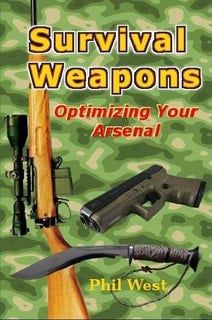Flechette rockets such as the M255 2.75” FFAR containing 2,500 28gr (1.8gm) or 1,180 60gr (3.9gm) Flechettes will be familiar to many readers. A not so well known variation on this idea were the 68mm SNEB and 100mm rockets produced by the French company Thomson-Brandt (later Thomson-CSF). These contained heavier darts or fleché designed to destroy lightly armoured and soft skinned vehicles. Types marketed included: 68mm SNEB rockets Multi-Dart ABL 261-8: Each of the 8 dart sub-munitions is 13.5mm dart (0.53") in diameter and 270 mm (10.63") long with a weight of 190 g (6.7oz). Range 1,500-2,200m. Dart velocity at 1,800m is 500m/s. Penetration up to 15 mm (0.59") of armour. Multi-Dart 261-36 AMV: Each of the 36 darts is 9mm (0.35") in diameter and 132 mm (5.2") long with a mass of 35 g (1.23oz). Range 1,500-2,200m. Dart velocity at 1,800m is 400m/s. Penetration up to 8 mm (0.315") of armour. Thomson-Brandt 100mm rockets Multi-Dart 100mm AB 24: Uses 6 darts each 24mm (0.94") in diameter and 548mm (21.57") long, 1.65 kg (58.2oz) weight. Capable of penetrating up to 80 mm (3.15") of armour. Multi-Dart 100mm ABL (Light Anti-Armor): Uses 36 darts each 13.5mm (0.53") in diameter and 270mm (10.63") long, 190gm (6.7oz) weight. Capable of penetrating up to 15 mm (0.59") of armour. Multi-Dart 100mm AMV (Anti-moving vehicle): Uses 192 Darts each 9mm (0.35") in diameter and 132mm (5.2") long, 35gm (1.23oz) weight. Capable of penetrating up to 8 mm (0.315") of armour. A 22 round pod of 68mm AMV rockets each with 36 darts would in 4.5 seconds blanket an area 1,000m x 70m with 792 darts. Maximum speed of a 68mm AMV rocket is 760 m/s (2 493 ft/s). No reason why a properly designed dart would not remain lethal after punching through the average roof.
| 






